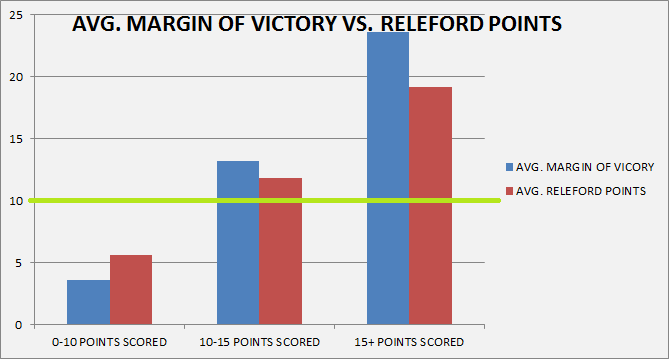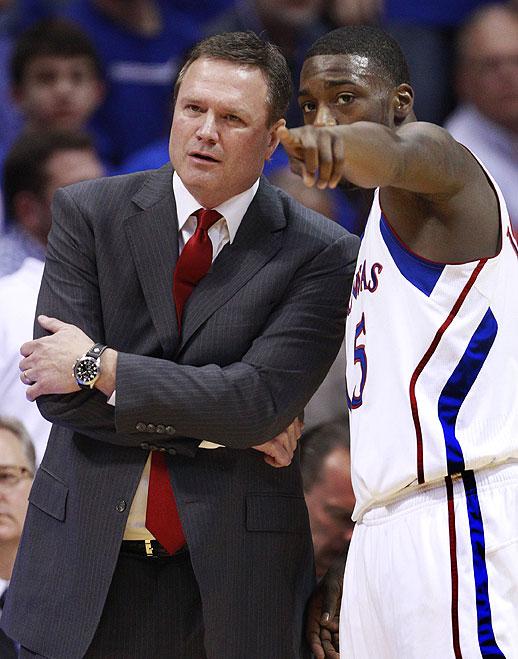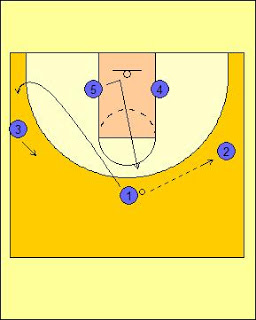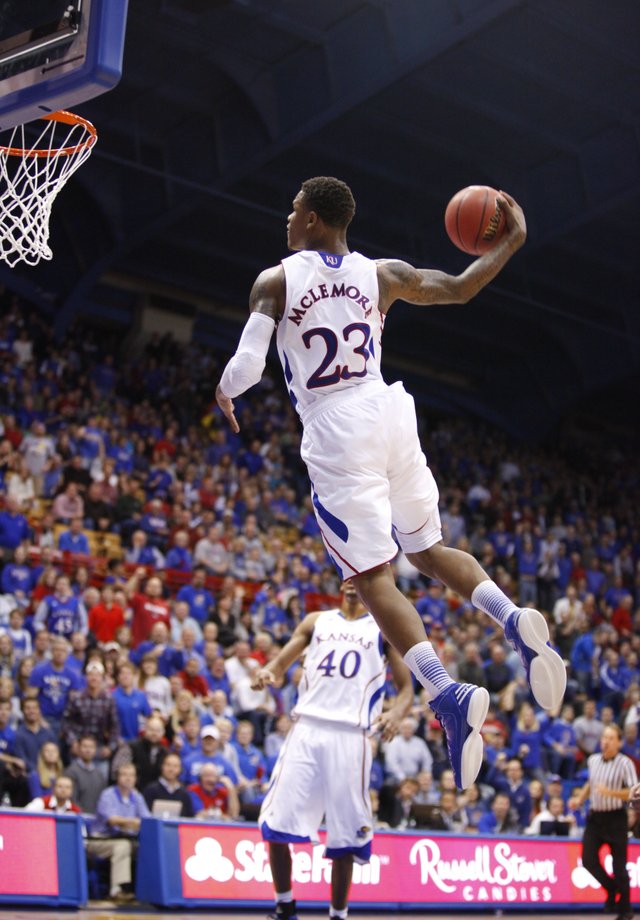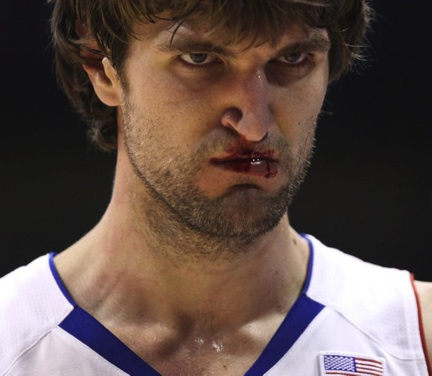 Kansas lost its first game of the season on Friday night to a Villanova team intent on testing how the young Jayhawks would respond to intense defensive pressure. On Saturday night, the ‘hawks struggled to establish an offense against several “junk” defensive sets from UTEP — including the box-and-one and triangle-and-two — which allowed the Miners to pack defenders in the paint to discourage penetration and still have someone available to chase Wiggins around the court.
Kansas lost its first game of the season on Friday night to a Villanova team intent on testing how the young Jayhawks would respond to intense defensive pressure. On Saturday night, the ‘hawks struggled to establish an offense against several “junk” defensive sets from UTEP — including the box-and-one and triangle-and-two — which allowed the Miners to pack defenders in the paint to discourage penetration and still have someone available to chase Wiggins around the court.
The Jayhawks allowed ‘Nova and UTEP to control the pace in both games, resulting in just 59 and 67 points scored.
There are several reasons KU struggled to score in the Bahamas, including the fact that the games were played in the same space that will hold a convention on dentistry in a few months.
But there’s more to the offensive struggles than weird sight lines and cyber-bowling alley lighting.
The Jayhawks lack an identity on offense. At least so far.
You might say that some of this is nitpicking, considering KU averaged a solid 87 points through its first 5 games. That’s fair, I suppose. The difference is that if some early issues are not corrected, the defensive blueprints from ‘Nova and UTEP will continue to haunt the Jayhawks — and will be implemented and executed by better and more athletic opponents yet to come.
Bill Self has been extremely successful in his career with the 3-out/2-in high-low motion offense, which most KU fans will recognize from year to year. This offense is predicated on having a good low post scorer, which the Jayhawks have in Perry Ellis and Joel Embiid. In practice, the offense pulls one post player (and thus one defender) toward the top of the key, theoretically allowing the post player on the block to get a one-on-one matchup next to the basket. When the ball moves, it creates opportunities for the post player to establish position by sealing off his man in anticipation of an open passing lane.
The offense really hums when the ball moves from side to side, forcing the defense to react to the ball reversal, which eventually opens up lanes to pass or penetrate. So far this season, this has been one of the biggest problems. The ball has not moved (or as Self would say, “the ball sticks too much”). What’s more is there isn’t much movement from the players without the ball, either. There has been little motion in the motion offense. If the ball is passed inside, it seems like it’s generally going to be shot. If the ball is in a guard’s hands at the top of the key, it seems that the guard will take it off the dribble.
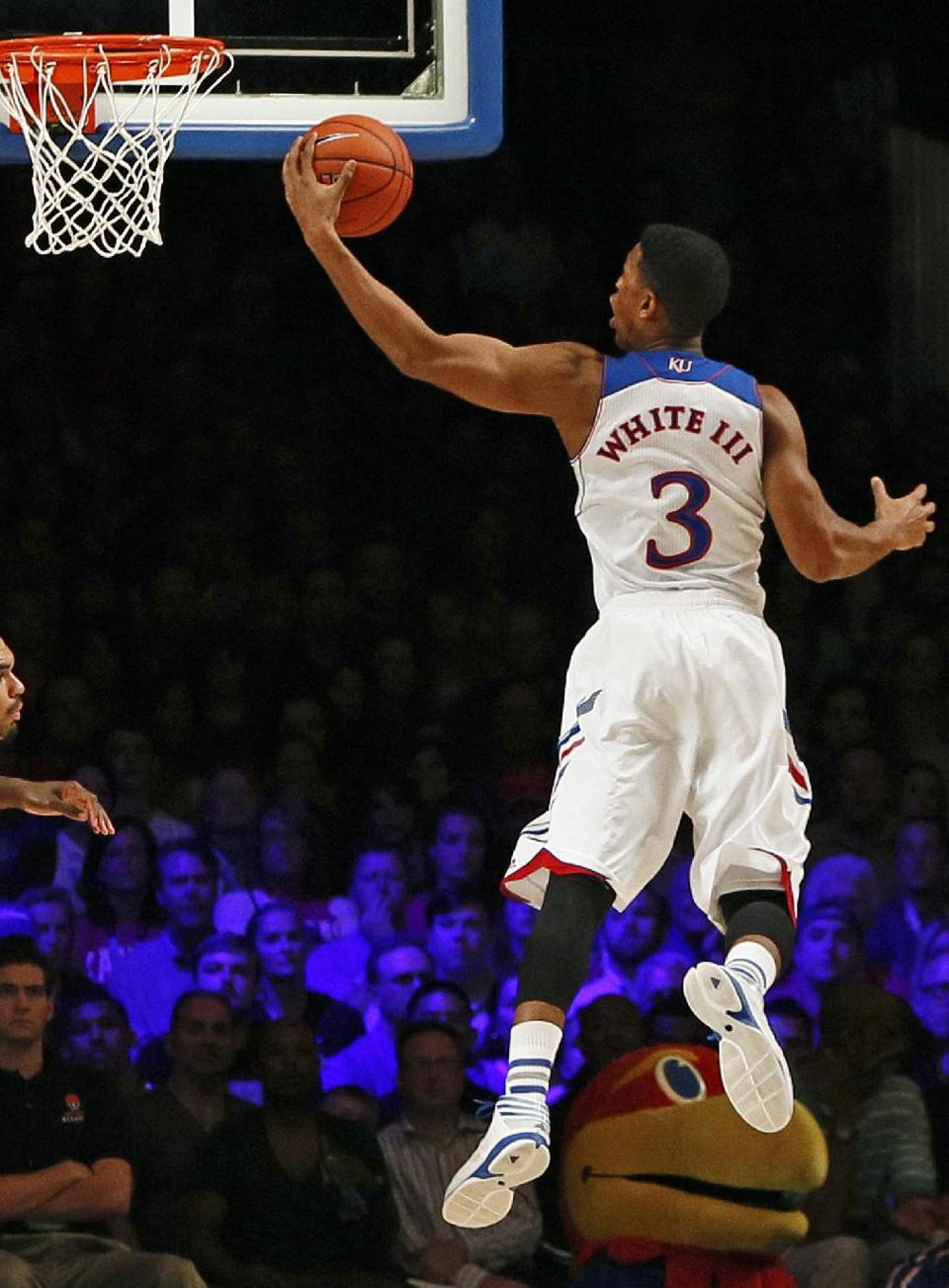 In short, we haven’t seen many assists this year.
In short, we haven’t seen many assists this year.
Self is in a tough spot, because his best chance to score right now is to pound it inside to Perry and Joel. But he also has to feel like there’s no way KU reaches its ceiling this year without establishing the skills that Wiggins and Selden (and Mason) bring to the table. As a result, Self has incorporated more isolation sets, allowing his “playmakers to make plays.” This has included an increased amount of ball screens, giving KU guards an initial step on the dribble drive.
I have no issue with trying to establish penetration from the guards, but I would just like to see it happen as a greater part of the motion offense, not as a substitute for it.
After all, a penetrating guard is one of the best things a team can have, so long as he takes what the defense gives him. In other words, he should always (1) look to score, but if that isn’t there (2) look to dish underneath the basket, but if that isn’t there, (3) look to kick out to the corner 3. KU’s guards have not been successful at options 2 or 3 yet this year. This is especially the case with Frank Mason, who has no problem collapsing the defense, but has not yet done so to create for his teammates. This will come.
Another issue is that KU’s starters have not shot the ball very well from outside. This has allowed opposing defenses to pack as many bodies in the paint as possible, bothering our interior players and making penetration less attractive. Defenses have pretty much dared KU guards to shoot, and until they make defenses pay (or sub in new personnel with guys like White, Frankamp, or Greene), this will continue to be the case.
Over the next several weeks, I believe the KU offense will start to show more of an identity. The high-low motion as we know it will return, because it is becoming more and more apparent that Embiid may be the best mismatch KU has, and we all know that Perry is an assassin when he isn’t facing a double team. I’m hopeful that guard penetration occurs as a greater part of the offense. With better passing and ball reversal, there should be much wider lanes for penetration as the defense is forced to react instead of playing the role of aggressor.
On paper, Kansas should be a stellar offensive team. There is no excuse for allowing an opposing defense to control a game against them. As the young Jayhawks start reacting instead of thinking, the points will come.
Until then, we can take solace in the fact that the Jayhawks won’t have to play any more games inside a ballroom.

